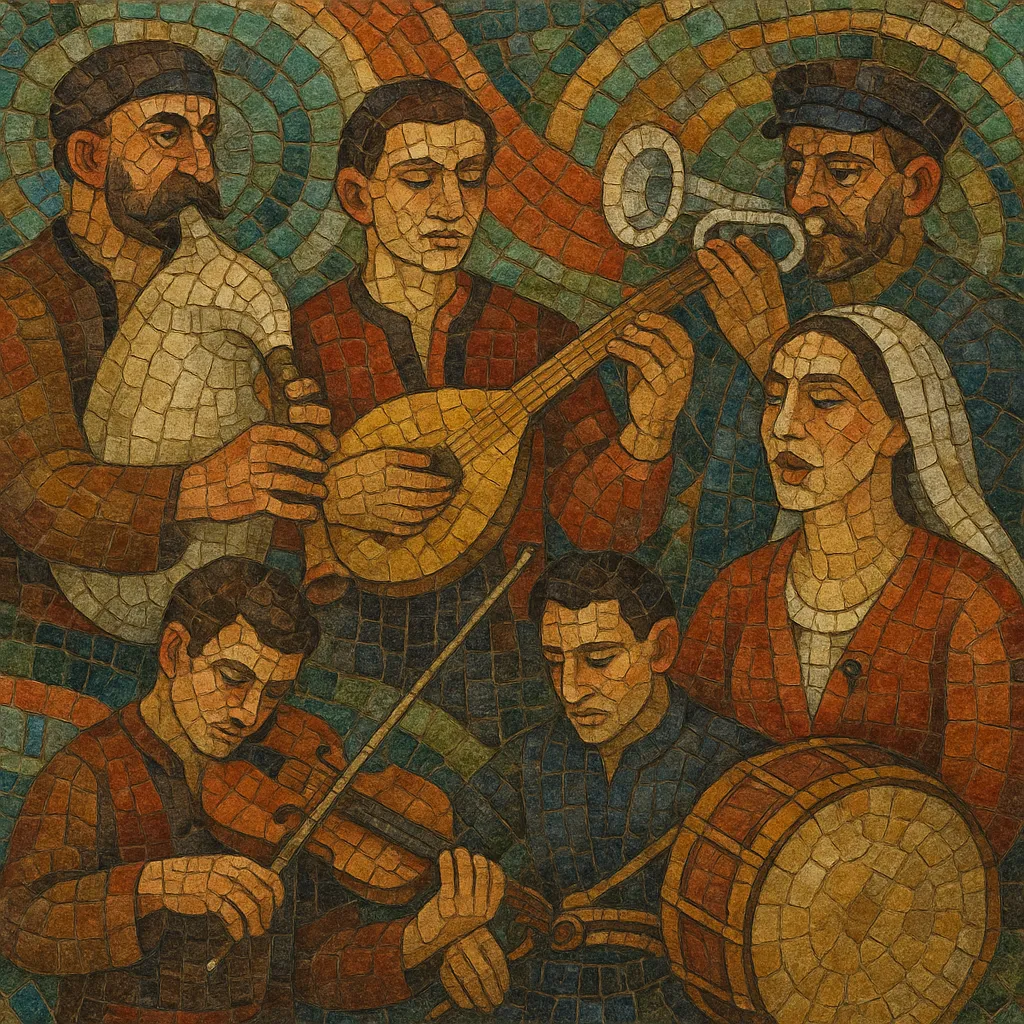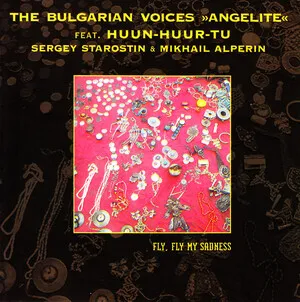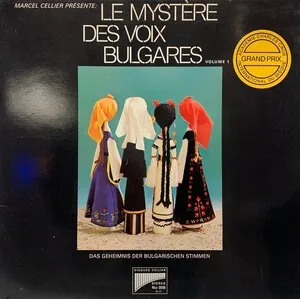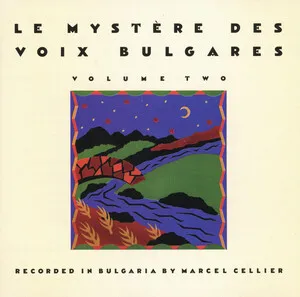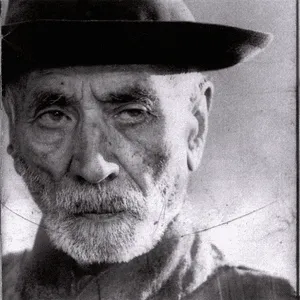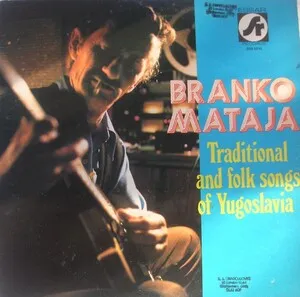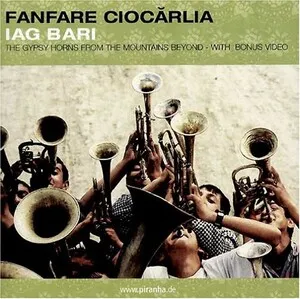Balkan music is a broad umbrella for the traditional and popular musics of the Balkan Peninsula, characterized by asymmetrical (aksak) meters, modal melodies, and richly ornamented, often heterophonic ensemble textures.
Typical instruments include gaida (bagpipe), kaval and zurla/zurna (flutes/oboes), tapan (large double-headed drum), tambura (long-necked lute), violin, clarinet, and—especially in brass traditions—trumpet, tuba, and baritone horn. Vocal styles range from raw, open-throated village singing to refined urban romances such as sevdalinka.
The melodic language often draws on Ottoman/Turkic maqam and Byzantine liturgical modalities (e.g., Hijaz/Phrygian-dominant flavors), with microtonal inflections and copious ornamentation. Dances like kolo, oro, horo, and čoček are central, and songs frequently address love, weddings, migration, and local heroism.
Balkan music emerges from centuries of cultural layering in Southeast Europe, where Slavic, Greek, Albanian, Romani, and Vlach communities intersected with Byzantine and Ottoman empires. Vocal and instrumental practices absorbed Byzantine chant’s modal sensibilities and Ottoman/Turkic maqam systems, while village dance repertoires consolidated distinctive asymmetrical meters.
During the 1800s, nationalist movements spurred the collection and codification of regional folk repertoires. Military bands introduced brass instrumentation; Romani musicians became key transmitters of style across borders. Urban salon and café musics—sevdalinka in Bosnia, čalgija/chalgia in North Macedonia and Bulgaria—flourished, blending local song with Ottoman-era aesthetics.
Radio, records, and state ensembles (e.g., folk orchestras) standardized regional dance forms (kolo, horo, oro) and vocal traditions. The Guča Trumpet Festival in Serbia became a flagship for Balkan brass, while virtuosi like Ivo Papazov (Bulgarian clarinet) pushed improvisational and rhythmic complexity into international consciousness.
Film soundtracks (notably Goran Bregović) and the “Balkan Beats” club movement carried brass-driven, odd-meter grooves to world-music and alternative audiences. Cross-border bands and diaspora producers fused Balkan idioms with rock, hip hop, and electronic music, spawning pop-folk styles (turbo-folk, chalga, manele) and influencing gypsy punk and worldbeat. Today the tradition thrives both in village festivities and on global stages, with local scenes continuously innovating within the hallmark asymmetric rhythms and modal colors.

